In late 1917 and the early months of 1918, New England faced an impossibly cold winter. Coal shortages spread throughout New England, resulting in riots in several cities. In Boston, schools and libraries were closed.
The History of The Children’s Museum[1], written by long-time Boston Children’s Museum treasurer Adelaide Sayles, states “Many homes were cold and the children were on the streets. They began visiting the Museum in unusual numbers. What could we do in this crisis?…Plans were quickly made…a few days after the announcement of the closing of the schools, a series of daily lectures had been arranged at the Children’s Museum to take care of the children.” Since the Museum was one of the few places that were open that winter, they had a very successful few months. From the Board minutes and The History of the Children’s Museum, it is clear that the Museum took a lot of pride in remaining open while other institutions closed their doors.

In August of 1918, the first cases of the Spanish flu hit Boston. The Globe reported last week in an interview with Jared Rhoads that museums and schools closed that same month. “They closed the MFA, the Boston Public Library, schools, bars, barber shops, theaters,” Rhoads, the debate program director at the Coolidge Foundation, said. “You name it, it was closed down.”
Boston Children’s Museum, however, remained open. The Museum opened several new patriotic exhibits, including one about the United States flag. In September, the Museum opened another new exhibit with posters from public schools in Paris, and launched a new series of lectures. The exhibit was reported to have been very well attended and was one of the best received of the year. By late September, however, the Boston Board of Health directed the Museum to close until October 7.
The Boston Traveler, a daily Boston newspaper that ran from 1845-1967, reported that “in view of the benefit that the children may derive from being in the open air, however, the afternoon walks will be continued.” The Museum expanded its walking series to include morning walks as well, and groups of no more than 12 children (all free from colds) explored Leverett’s Pond, the Arboretum, and more. They collected hundreds of specimens that they mounted for Museum use. Additionally, because Boston Children’s Museum was more of a neighborhood museum in Jamaica Plain, children that lived nearby were allowed to continue meeting in their clubs in the building. The Museum reopened as planned in early October, and while the morning walks were discontinued, the staff took notice in the interest and planned a new series of lectures based on the outdoors.

The Board minutes report some communications with schools noting that due to the closures (from both the coal shortages and the flu pandemic) they were not planning on visiting the museum as much as they had in previous years. The Museum began investing more in loan kits at this time, which were sent to the classrooms.
The scarcity of records of the Museum’s response, while partly due to the shortness of the closure, are perhaps also due to the successful early months of 1918. In the final reports of 1918, there is no mention of the closure, and membership and attendance were both up from previous years.
It is interesting to see the parallels in getting outside and keeping to small groups and it is wonderful to see the continuing commitment of the Museum to families, from 1918 to today.
[1] Sayles, Adelaide B. The Story of The Children’s Museum of Boston: From Its Beginnings to November 18, 1936. Boston: Geo. H. Ellis Co., 1937.


Love this story and the photos Caroline!! I can just imagine how much fun this was to research, and to make this wonderful fact public!